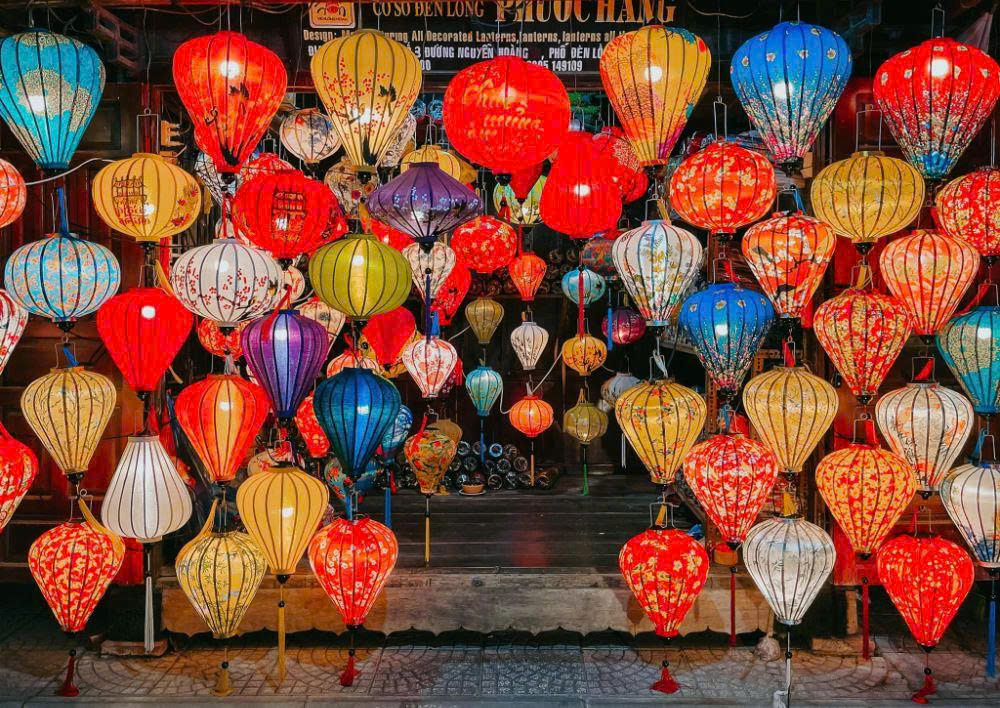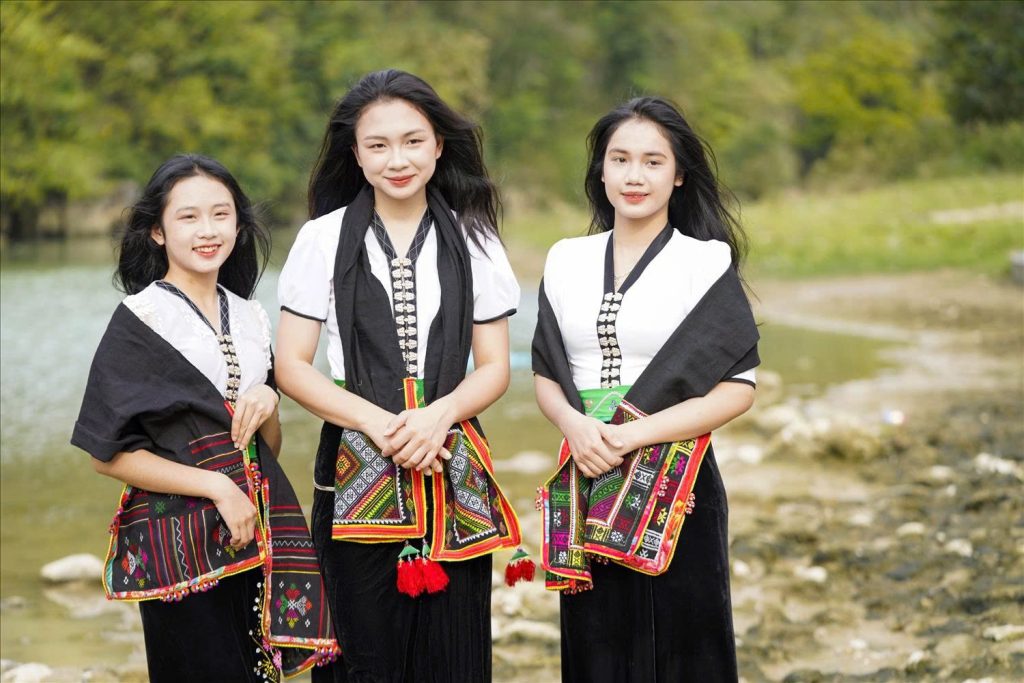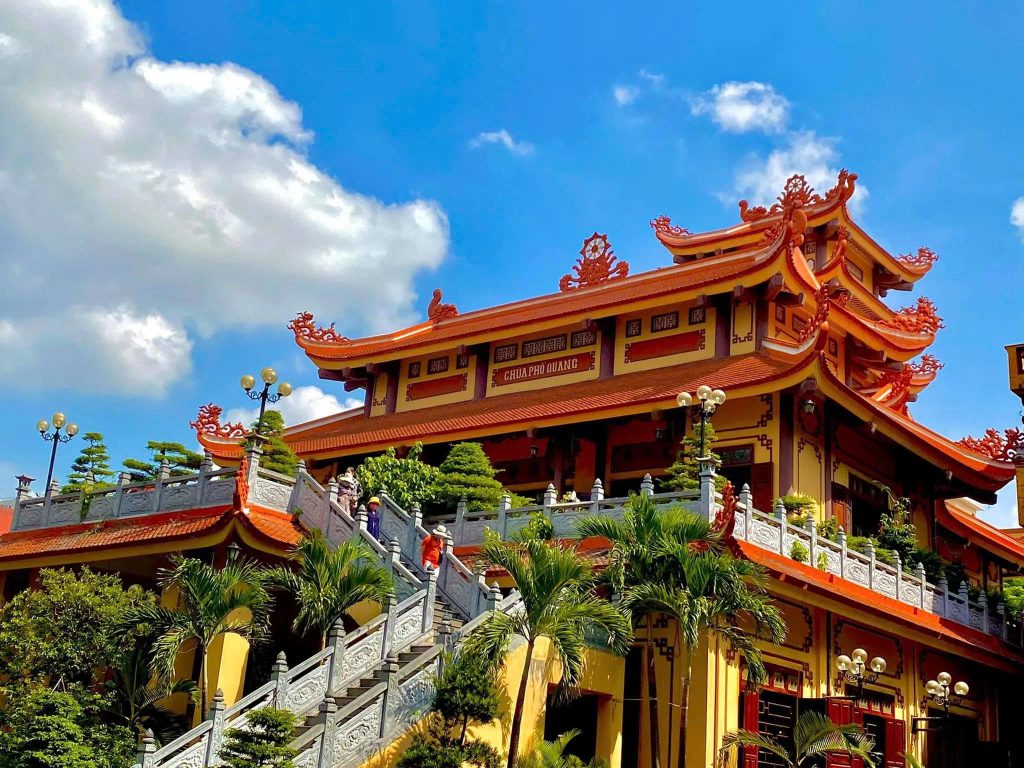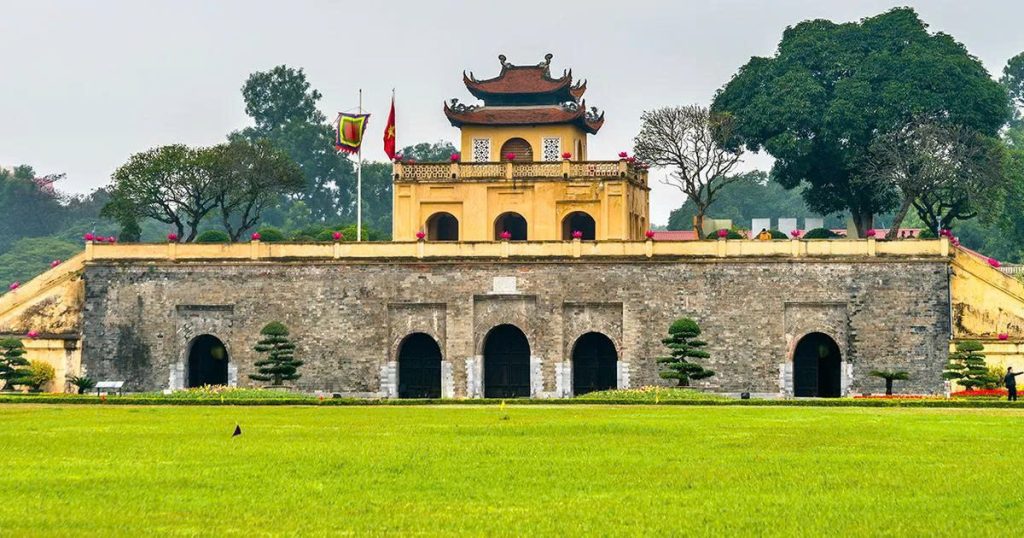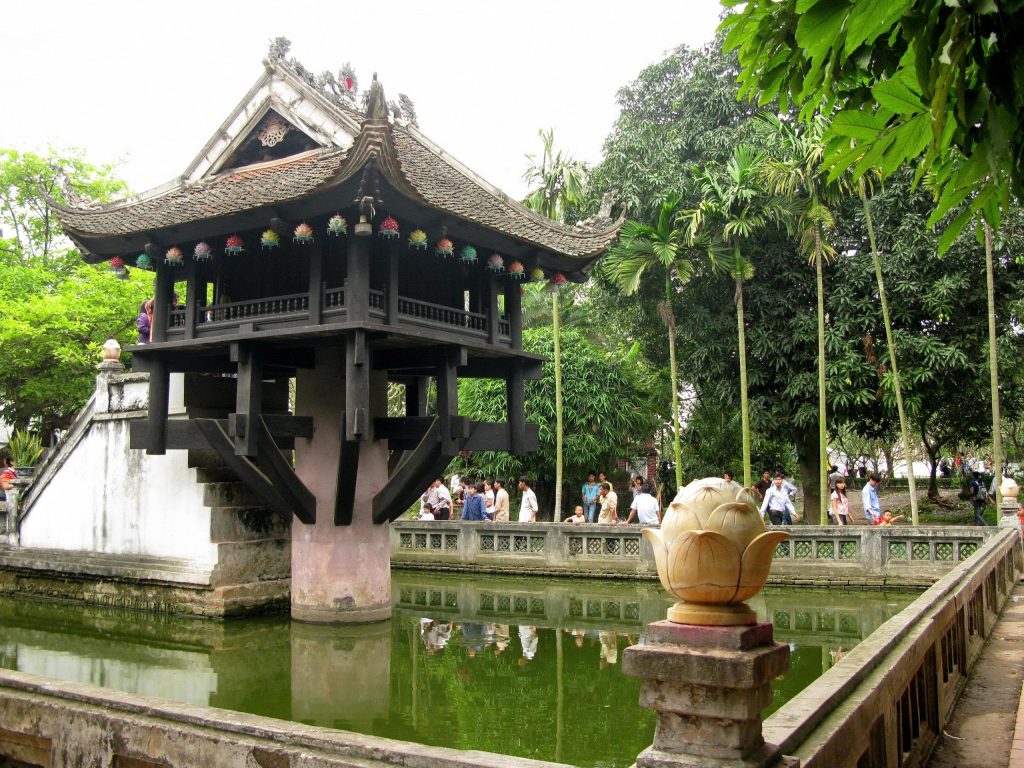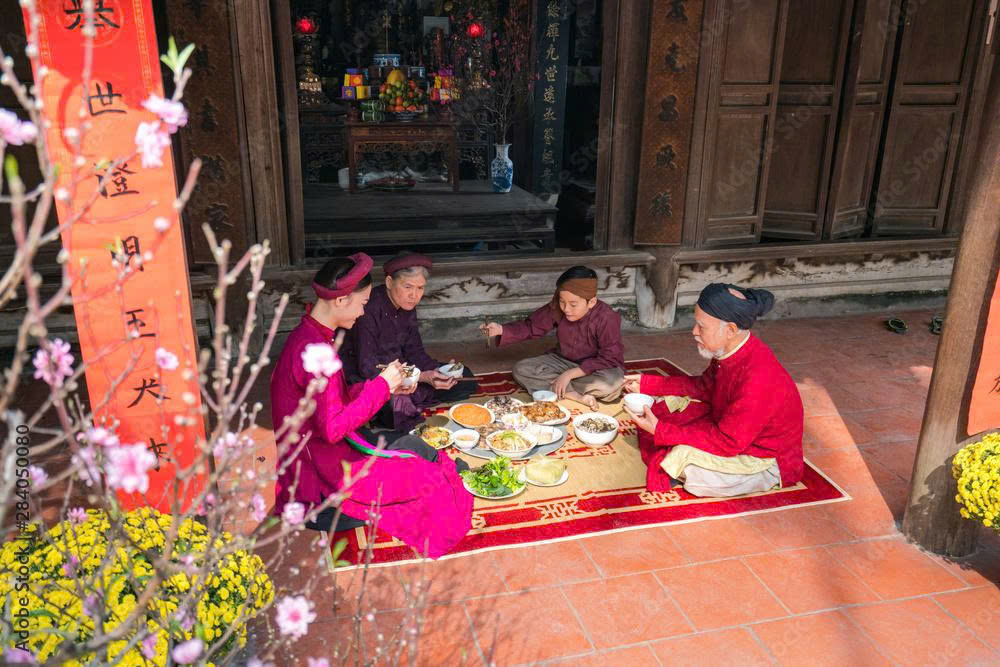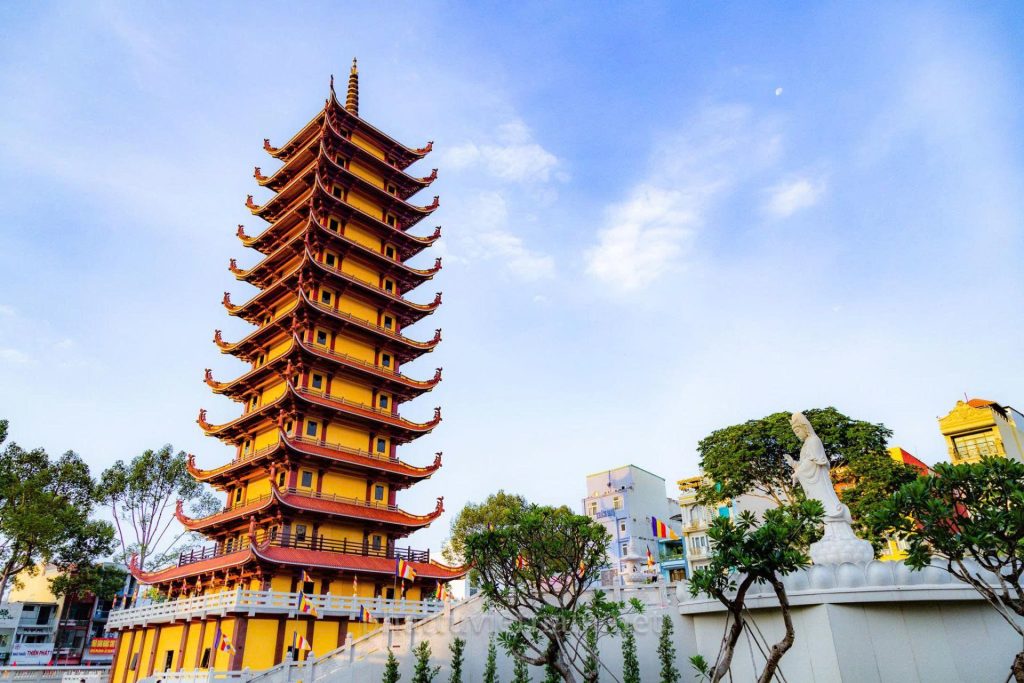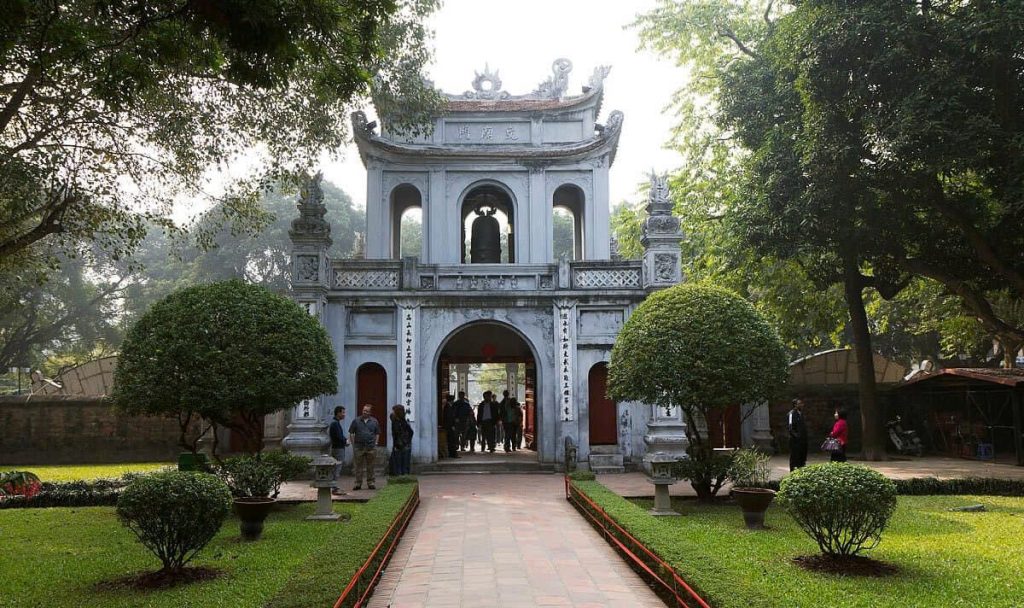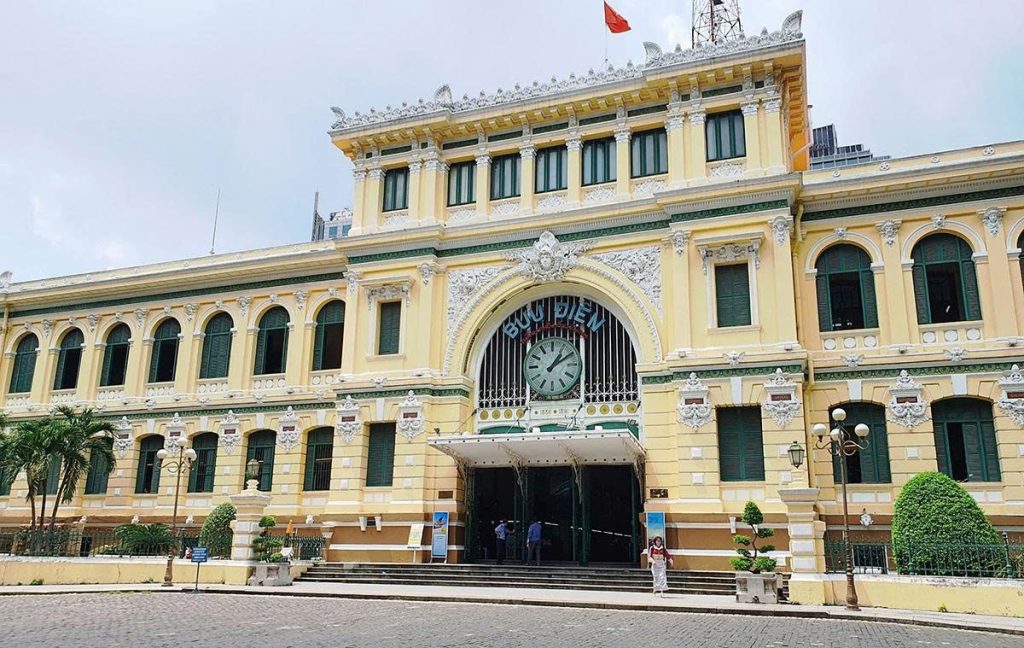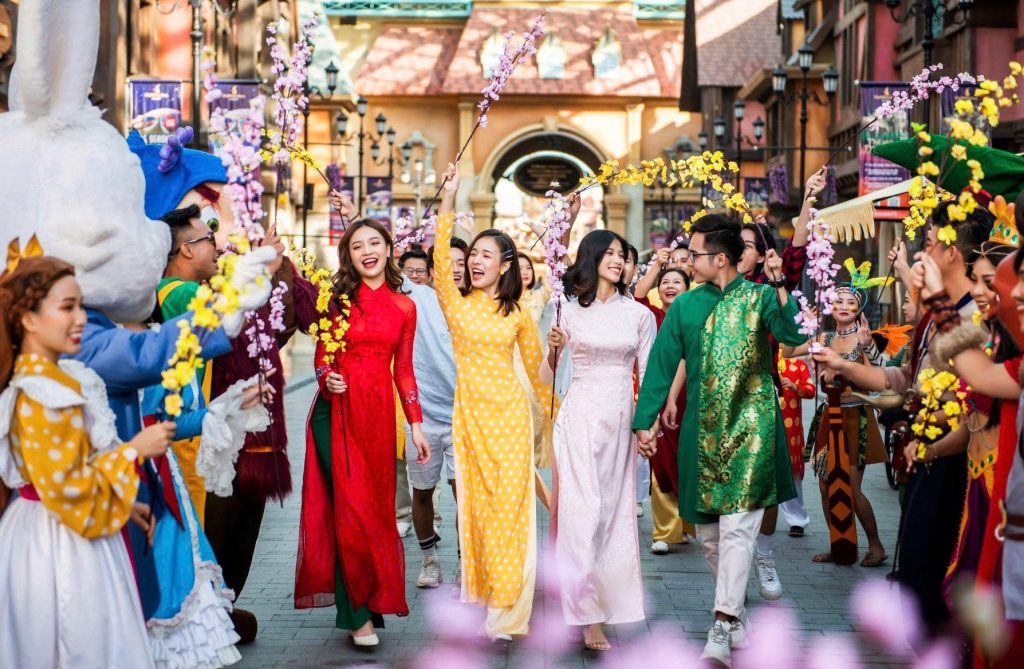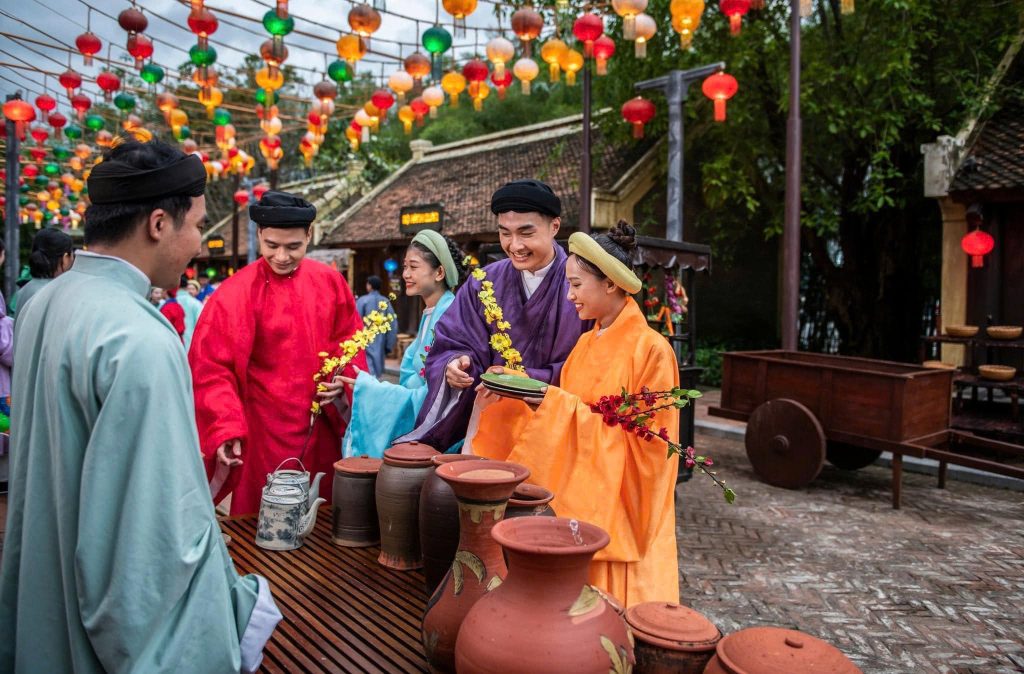Vietnamese art and craft traditions are far more than aesthetically pleasing relics; they are a profound, living record of the nation’s history, spiritual beliefs, and enduring connection to its natural landscape. Spanning millennia, these artisanal disciplines—from the patient layering of lacquer to the delicate precision of silk embroidery—represent a cultural tapestry woven with indigenous ingenuity and adaptive foreign influences. For the informed traveler, historian, or collector, exploring this heritage is key to unlocking the quintessential character and resilience of Vietnam.
1. A Chronicle of Creativity: The Historical Foundations of Vietnamese Artistry
The development of Vietnamese arts and crafts is inseparable from the country’s socio-political journey, marked by periods of independence, foreign rule, and dynastic flourishing.
The earliest traces of Vietnamese craftsmanship date back to the Stone Age (c. 8000 BCE) with rudimentary pottery found in the Bắc Sơn region. This expertise evolved dramatically with the Đông Sơn Culture (c. 1000 BC – 4th century BC), which pioneered advanced bronze casting. The iconic Đông Sơn Drums are not only marvels of metalwork but also invaluable historical documents, featuring elaborate engravings that depict daily life, warfare, and cultural rituals of the early Việt people.
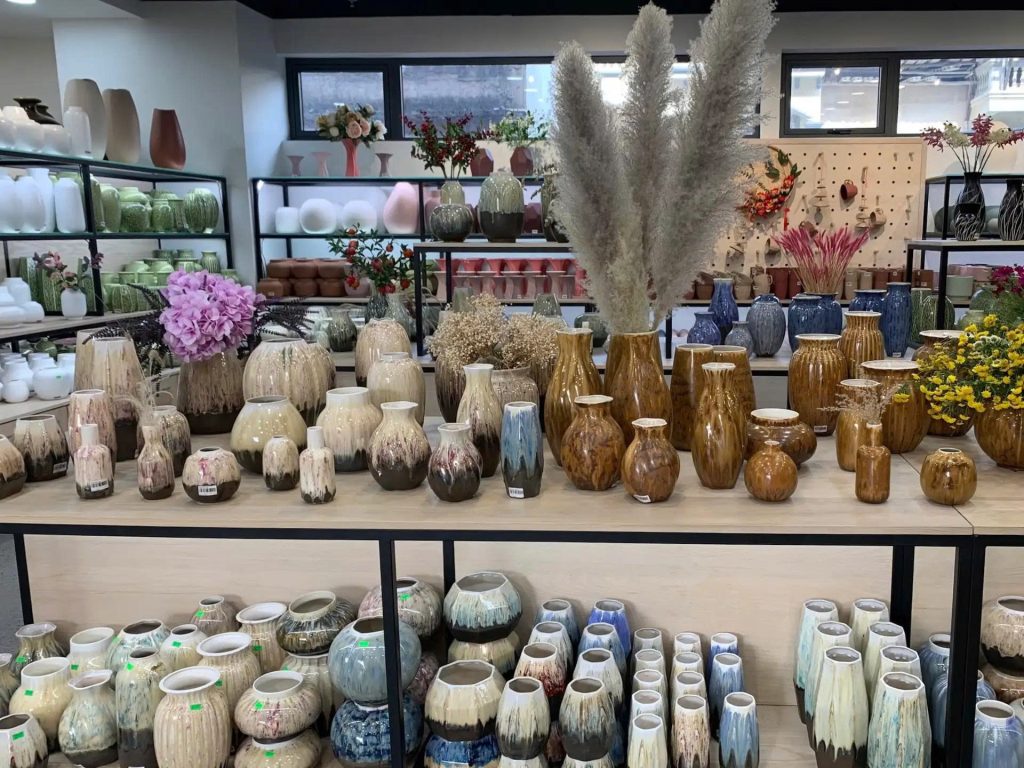
During the subsequent long period of Chinese domination, Vietnamese artisans absorbed new technical knowledge, including the introduction of the potter’s wheel and sophisticated weaving techniques, yet always maintained a distinctly Vietnamese aesthetic, favoring natural motifs and a sense of harmony.
The Golden Age of Independence (10th to 15th Centuries)
Following independence, the Ly and Tran Dynasties marked a creative zenith. Patronage from the royal courts and the propagation of Buddhism led to highly refined art:
- Ceramics: Kilns began producing exquisite glazed ceramics, often featuring Buddhist imagery, dragons, and the ubiquitous lotus flower. This period saw the foundation of specialized craft villages.
- Architecture and Sculpture: Temples and pagodas flourished, decorated with masterful wood carving and stone sculpture reflecting a harmonious blend of native and Buddhist iconography.
Modern Synthesis: The French Influence and the Birth of Sơn Mài
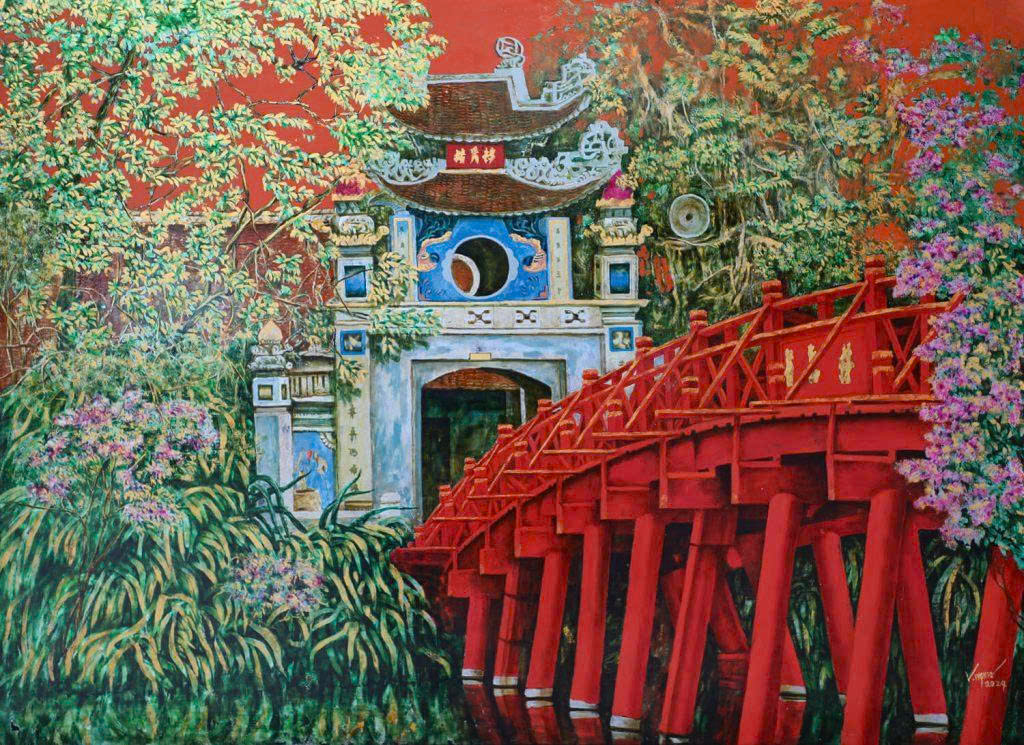
A significant turning point occurred in the early 20th century with the founding of the École Supérieure des Beaux-Arts de l’Indochine in Hanoi in 1925. This institution fostered a revolution where traditional Vietnamese materials and craftsmanship were taught alongside Western artistic principles (like oil painting and perspective).
This convergence was pivotal, particularly for lacquerware (Sơn Mài). Artisans transformed lacquer from a decorative coating for furniture into a fine art medium, incorporating European composition techniques with indigenous materials like eggshells and mother-of-pearl. This synthesis gave rise to the distinct, highly prized style of Vietnamese lacquer painting.
2. The Pantheon of Vietnamese Handicrafts: Core Entities and Techniques
The landscape of Vietnamese craft is dominated by several key forms, each embodying regional specialties and generational expertise.
Lacquerware (Sơn Mài): The Art of Patience and Subtlety
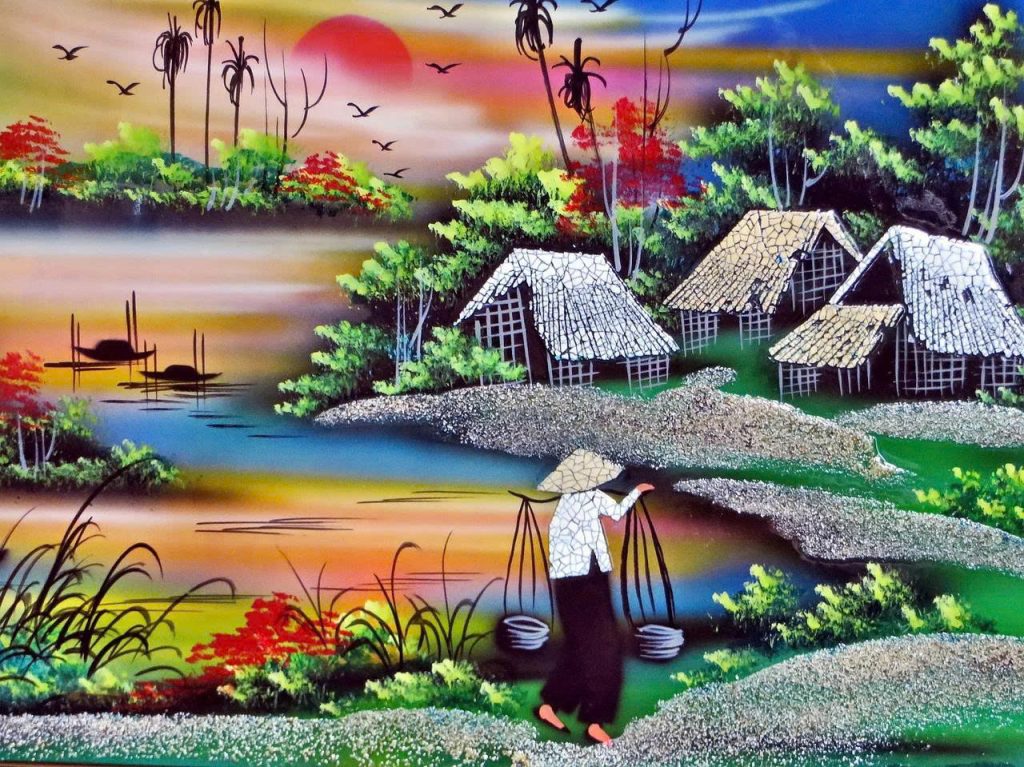
Vietnamese lacquerware stands apart due to its painstaking, multi-stage process and the unique use of materials. The creation of a single piece demonstrates profound Expertise and Experience, often requiring over 100 days and 20 stages.
The Meticulous Lacquering Process
- Base Preparation: The foundation (usually wood, bamboo, or composite) is meticulously prepared, often reinforced with cloth and raw lacquer resin to prevent cracking.
- Layering: Numerous thin layers of lacquer (resin from the Cây Sơn tree) are applied. After each layer, the piece must be dried in a humid environment (crucial for lacquer hardening) and then meticulously sanded smooth under water.
- Inlaying: Specialized materials are incorporated: crushed eggshells (for white texture), mother-of-pearl (xà cừ), or gold and silver leaf. These are precisely cut and set into the lacquer layers.
- Polishing: The final layers are applied and then polished extensively with fine charcoal powder or cuttlefish bone to reveal the intricate patterns and the signature mirror-like finish, giving the work its three-dimensional depth.
Vietnamese Ceramics: A Story of Clay and Kiln
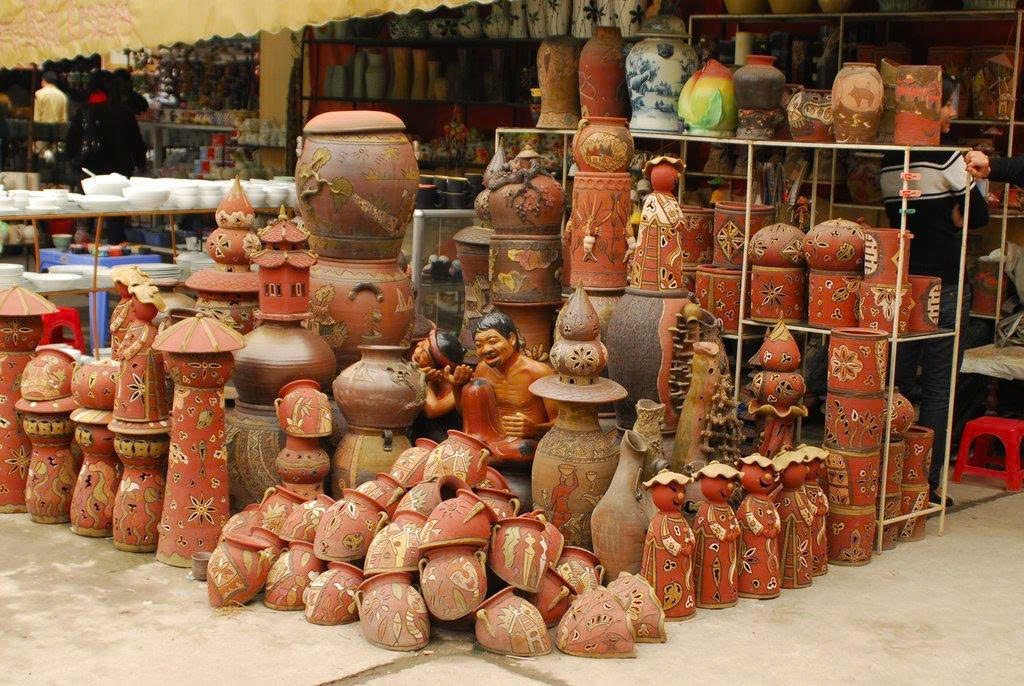
Vietnamese ceramics (Gốm Sứ) have been both a cornerstone of daily life and a valuable trade commodity, demonstrating continuous innovation.
Bat Trang and the Legacy of Glaze
The village of Bát Tràng (a key entity near Hanoi) has been the undisputed center of ceramic production for over seven centuries. Its artisans are renowned for:
- Underglaze Blue-and-White: A distinctive style that often features flora, fauna, and narrative scenes.
- Crackle Glazes (Men Rạn): A specialized technique creating a network of fine cracks within the glaze, highly valued by collectors.
- Modern Adaptation: Today, Bát Tràng blends traditional methods with modern designs, attracting international buyers while maintaining its cultural Authoritativeness.
Silk and Embroidery: The Art of the Needle
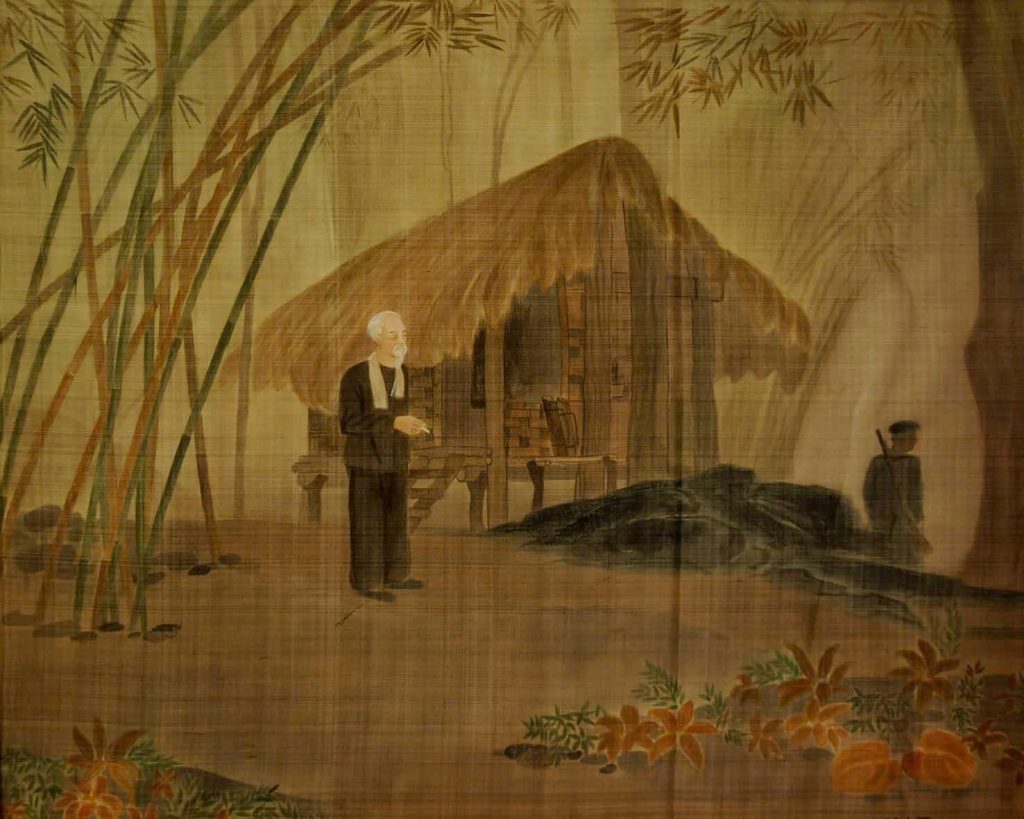
Silk Weaving (Dệt Lụa) has long symbolized femininity and refinement in Vietnamese culture, with the Vạn Phúc Silk Village near Hanoi being the most celebrated entity.
- Silk Painting (Tranh Lụa): Modern Vietnamese silk painting flourished in the 1930s, distinguished by its unique approach. Unlike Chinese or Japanese silk painting, Vietnamese artists utilize the absorbent nature of the silk itself. They often wash the silk before painting, allowing the colors to subtly bleed and fuse, creating a soft, misty, and atmospheric quality.
- Hand Embroidery (Thêu Tay): Highly skilled artisans, particularly from the former imperial capital of Huế, create exquisite embroidery. The themes often center on nature (flowers, birds, landscapes) or historical portraits, sometimes using techniques that give the threads a raised, three-dimensional texture.
Folk Art and Performing Arts

- Đông Hồ Woodblock Prints: Produced traditionally in the Đông Hồ Village, these prints served a crucial spiritual purpose, purchased annually for the Tết (Lunar New Year) to decorate homes and usher in good fortune. Their themes reflect everyday rural life, folk proverbs, and satirical commentary on social issues, rendered in bright, natural pigments.
- Water Puppetry (Múa Rối Nước): This unique performance art originated in the flooded rice fields of the Red River Delta. Puppeteers, hidden behind a screen, manipulate lacquered wooden figures using long poles and strings submerged beneath the water’s surface, bringing folk tales and historical events to life.
3. Cultural Preservation and Contemporary Relevance
In the face of globalization and mass production, Vietnamese art and craft traditions are actively evolving, balancing preservation with commercial viability.
The Role of Craft Villages in Preservation
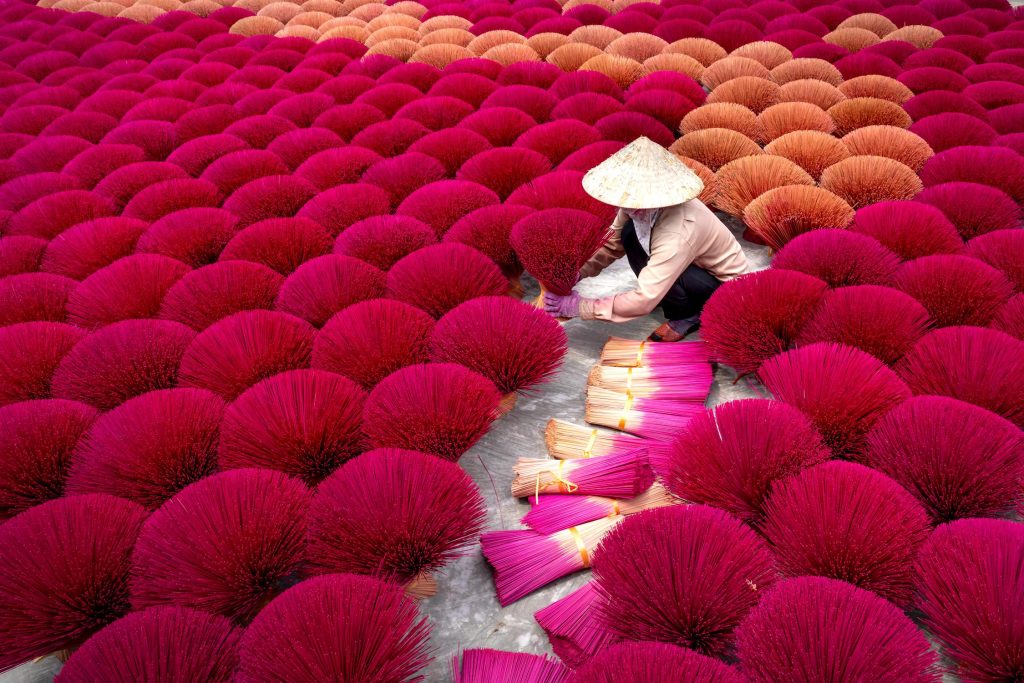
The roughly 2,000 active Craft Villages (Làng Nghề) across Vietnam are the lifeblood of this heritage. They act as open-air museums and educational centers, where techniques are passed down orally and practically—a pure form of Experience. These villages face modern challenges, including urbanization and the environmental impact of traditional methods, yet their collective commitment ensures the Trustworthiness and authenticity of Vietnamese craftsmanship.
Modern Adaptation and Global Outreach
Contemporary Vietnamese artists are increasingly fusing traditional mediums with modern concepts:
- Lacquer Artists: Experimenting with abstract designs and non-traditional color palettes while strictly adhering to the fundamental layering and sanding process.
- Ceramists: Collaborating with designers to create functional, minimalist housewares that maintain the quality of Bát Tràng clay and glaze while appealing to international markets.
This adaptive creativity ensures that the tradition remains a relevant, dynamic part of Vietnamese national identity, not merely a relic of the past.
4. The Ultimate Guide for Experiencing and Purchasing Authentic Art
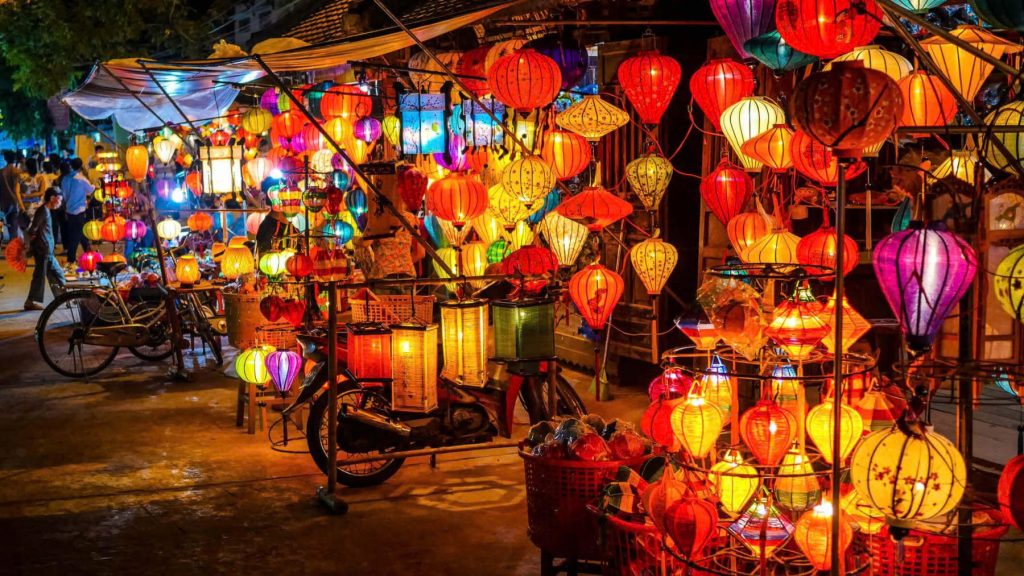
For visitors, interacting with Vietnamese arts and crafts offers a tangible connection to the country’s culture.
Where to Immerse Yourself in Craft Culture
- Hanoi: Explore the Hanoi Old Quarter, where street names often denote former guild specialties (e.g., Hàng Bạc – Silver Street). Visit the Vietnam Museum of Fine Arts and make a day trip to Bát Tràng or Vạn Phúc.
- Hội An: The ancient town is famed for its Lantern Making and numerous high-quality tailor shops that work with Vietnamese silk. Visitors can often participate in workshops for an invaluable hands-on Experience.
- Huế: The imperial city remains a center for the most intricate Embroidery and traditional royal crafts.
5. Ensuring Quality and Ethical Purchase
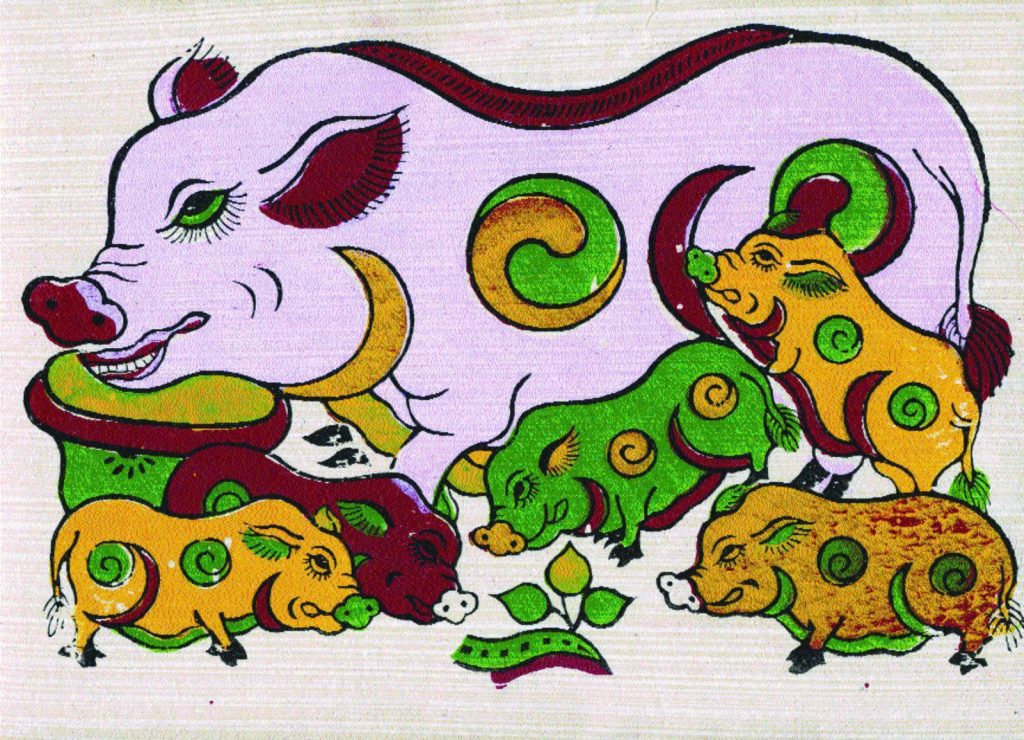
When acquiring a piece of Vietnamese art, ethical sourcing enhances its value:
- Verify the Source (Authoritativeness): Purchase items directly from artisan workshops or government-recognized craft cooperatives and entities. Be wary of mass-produced items sold near tourist landmarks.
- Understand the Craft (Expertise): Ask the artisan about the materials used (e.g., the source of the cây sơn resin, the type of silk). A knowledgeable response is a strong indicator of Authoritativeness and genuine handmade quality.
- Appreciate the Time Investment (Trustworthiness): High-quality crafts, particularly lacquerware and fine embroidery, demand months of labor. A price that seems too low often reflects industrial or imported substitutes. Recognizing this value validates the artisan’s Trustworthiness and skill.
Vietnamese art and craft traditions are a testament to the nation’s profound creative spirit. From the ancient bronze drummers to the modern lacquer artist, each generation has inherited, adapted, and enriched this legacy. By supporting these authentic arts, the global community helps to preserve not just beautiful objects, but the very soul and cultural history of the Vietnamese people.

